
Geisha Culture in Japan: Myths and Realities
The world of geisha, Japan’s skilled performers and keepers of traditional arts, has long intrigued people around the globe. Known for their elegance, refined beauty, and mastery of traditional Japanese music, dance, and conversation, geisha have become an iconic symbol of Japanese culture. However, numerous myths and misconceptions surround geisha culture, often clouded by Western interpretations and misunderstandings. True geisha culture is a world of discipline, artistry, and deep cultural significance that few outsiders fully understand.
This guide explores the realities of geisha culture, dispelling myths and revealing the authentic lives of these dedicated artists. From the rigorous training of young maiko to the intricate rituals observed in a tea house, learn what it truly means to be a geisha in modern Japan.
Contents
2. The Role of a Geisha: Artistry and Skill
3. Maiko Training: The Journey to Becoming a Geisha
4. Geisha Appearance: Kimono, Makeup, and Hairstyles
5. Misconceptions and Myths about Geisha
6. Geisha in Modern Japan: Adapting to Change
1. Origins of Geisha Culture
Geisha culture dates back to the 18th century in Japan’s Edo period, though the term “geisha” itself means “person of art.” Originally, geisha were entertainers skilled in traditional arts, and both men and women held this role. However, over time, the role evolved, with women becoming the primary practitioners of this cultural craft. Geisha emerged in response to a societal need for refined entertainment that involved dancing, music, and conversation, creating a unique cultural profession distinct from other forms of entertainment.
The historical context of geisha culture is deeply connected to the licensed pleasure districts and tea houses, where guests would pay for their time and enjoy performances. Geisha culture soon became established as a respected art form, and certain regions, particularly Kyoto, became famous for training and housing geisha.
2. The Role of a Geisha: Artistry and Skill
Geisha are often considered “living art” due to their dedication to traditional Japanese arts, including dance, shamisen (a three-stringed instrument), and tea ceremony. Geisha are trained in various artistic disciplines and are expected to perfect their craft over a lifetime. A geisha’s main responsibility is to entertain guests with music, dance, and conversation, creating an ambiance of elegance and cultural sophistication.
These highly skilled entertainers follow strict codes of conduct and performance, balancing artistry with refined social skills. Geisha undergo continuous training to refine their abilities, ensuring they uphold the legacy of their art and the standards of the geisha community.
3. Maiko Training: The Journey to Becoming a Geisha
Before becoming a geisha, young women start as maiko, or apprentice geisha, a role that requires intense training in the arts. Maiko typically begin their journey as teenagers and train in dance, music, and traditional etiquette under the guidance of senior geisha. The training period for a maiko can last several years, during which they perfect their skills in preparation for their debut as a full-fledged geisha.
Maiko are recognizable by their elaborate kimono, distinctive hairstyles, and vibrant makeup, which symbolize their status as apprentices. The transformation from maiko to geisha represents a significant milestone, marking the apprentice’s readiness to take on the responsibilities of a fully trained artist.
4. Geisha Appearance: Kimono, Makeup, and Hairstyles
The appearance of a geisha is carefully crafted to reflect beauty, elegance, and tradition. Geisha wear intricate silk kimonos, often tailored specifically for each season or occasion, and adorned with elaborate patterns. Each layer of a geisha’s attire, from her kimono to her obi (sash), is chosen to create a refined, polished look that enhances her graceful movements.
The makeup of a geisha is also distinctive, featuring white face powder, red and black accents around the eyes, and carefully painted red lips. Hairstyles vary based on status, with maiko wearing more elaborate hair arrangements decorated with seasonal hairpins, while full geisha wear a more subdued style. Each detail of a geisha’s appearance is a testament to her commitment to tradition and artistry.
5. Misconceptions and Myths about Geisha
One of the most common misconceptions about geisha is their association with courtesans, but geisha are highly skilled entertainers whose role is strictly artistic. The misconception likely stems from Western portrayals and misunderstandings of Japanese culture. Unlike courtesans, geisha focus on preserving traditional arts and fostering cultural appreciation through their performances.
Another myth is that geisha are restricted to a secretive lifestyle. In reality, while geisha do observe traditions and codes, they live independently and adapt to the demands of modern society. Understanding these distinctions helps to dispel myths and reveal the authentic role of geisha as guardians of Japanese art.
6. Geisha in Modern Japan: Adapting to Change
In today’s Japan, the number of geisha has declined, but those who continue the tradition have adapted to modern society. Some geisha offer performances for tourists, while others collaborate in contemporary art projects or film productions. Geisha houses, or *okiya*, are increasingly rare, and the profession faces challenges in recruiting new maiko due to modern lifestyle changes.
Despite these changes, geisha culture endures, with cities like Kyoto and Tokyo maintaining strong geisha communities. These modern-day geisha work to uphold tradition while introducing the art form to broader audiences, demonstrating the resilience and adaptability of geisha culture in the 21st century.
7. Experiencing Geisha Culture as a Visitor
For visitors to Japan, experiencing geisha culture is possible through performances, tea houses, and cultural events. Kyoto’s Gion district, for example, is known for its geisha presence, with guided tours and public performances available. Visitors may also attend seasonal events, like Miyako Odori, a dance performance held in spring that showcases the grace and artistry of Kyoto’s geisha.
Booking a private geisha performance at a tea house, while more exclusive, provides a glimpse into authentic geisha entertainment, with traditional music, dance, and interaction. This unique cultural experience offers visitors a chance to appreciate the beauty and dedication of geisha firsthand.
8. Conclusion: Appreciating the True Geisha Tradition
The world of geisha is far more than the stereotypes often portrayed in media; it is a profound art form rooted in tradition, discipline, and cultural pride. Understanding the realities of geisha life reveals the dedication required to master their craft and the cultural significance they hold within Japan. Geisha embody the spirit of Japan’s artistic heritage, preserving and passing down traditions that are treasured by Japanese society.
As guardians of Japanese arts, geisha play a vital role in maintaining cultural identity in a rapidly modernizing world. For those who visit Japan, experiencing geisha culture is an unforgettable opportunity to witness the elegance, skill, and enduring beauty of Japan’s traditional arts.
Share
You may also like
-

Visiting Japan’s Love Hotel Districts: What to Expect
Japan’s love hotel districts are famous for their unique and fascinating blend of privacy, creativity, and a touch of...
-

Top 10 Late-Night Dining Spots in Tokyo’s 24-Hour Cafes
Tokyo’s vibrant nightlife extends well beyond bars and nightclubs, with a thriving late-night dining culture tha...
-

Best Night Tours in Tokyo for After-Dark Adventures
Tokyo’s nightlife is renowned for its energy, vibrancy, and unique blend of traditional and modern experiences. From ...
-

Japan’s Late-Night Food Culture: 8 Best Street Eats
Japan’s late-night food culture is a vibrant experience, especially in bustling cities like Tokyo and Osaka, where de...
-

7 Rooftop Bars in Tokyo for Stunning Views
Tokyo’s rooftop bars offer some of the best ways to soak in the city’s skyline while enjoying drinks, atmosphere, and...
-

10 Best Nightclubs in Tokyo for Dancing and Music Lovers
Tokyo's nightlife is renowned for its variety and energy, with nightclubs that range from high-energy dance floors to...
-

8 Themed Bars and Cafes You Need to Visit in Tokyo
Tokyo is famous for its creative and quirky themed bars and cafes, offering immersive experiences for locals and...
-

Tokyo Nightlife Guide: Shinjuku, Shibuya, and Roppongi Highlights
Tokyo’s nightlife is legendary, offering a mix of vibrant energy, entertainment, and unique experiences in some of it...
-
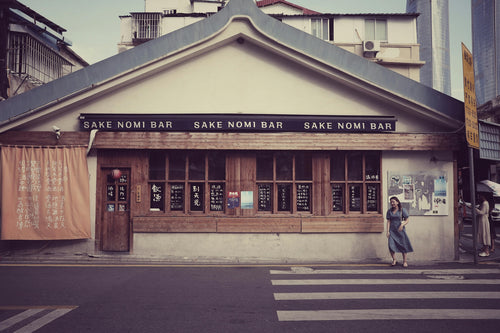
7 Best Japanese Sake Bars in Tokyo
Tokyo is home to some of Japan’s best sake bars, offering both locals and visitors an opportunity to explore the...
-

Top 6 Observation Decks in Tokyo for Scenic Views
Tokyo’s observation decks offer some of the best panoramic views of the city, giving visitors a chance to see th...
-
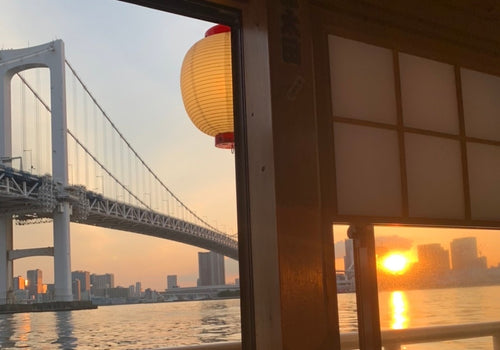
Night Cruises in Tokyo: Enjoy the City Views
Tokyo’s skyline is mesmerizing at any time, but experiencing it from the water on a night cruise adds a magical ...
-
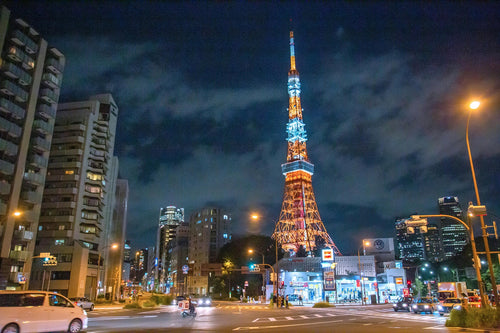
Roppongi Art and Nightlife Guide
Roppongi is one of Tokyo’s most vibrant districts, known for its lively nightlife, sophisticated art scene, and ...
-
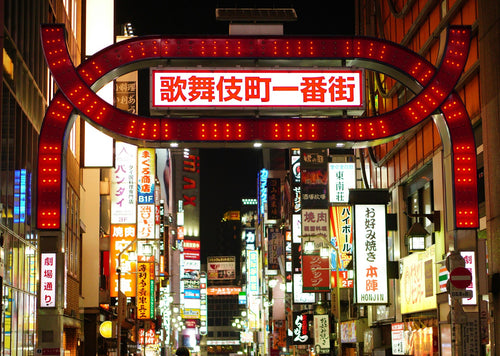
Nightlife Guide to Shinjuku Kabukicho
Shinjuku’s Kabukicho district, known as Tokyo’s “Sleepless Town,” is the center of nightlife in Tokyo. Renowned ...
-

6 Best Night View Spots in Tokyo
Tokyo at night is a breathtaking spectacle, with illuminated skyscrapers, iconic landmarks, and bustling streets that...
-

Top 12 Sake Breweries in Japan for Tasting and Tours
Japan’s sake culture is celebrated around the world for its depth, complexity, and rich history. Sake, or nihons...
-
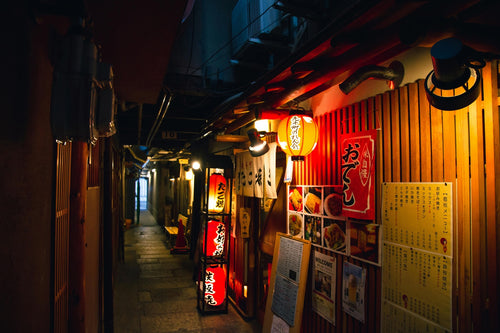
How to Enjoy a Night at a Japanese Izakaya
Japanese izakayas are casual, lively spots where locals gather after work to enjoy drinks, share small plates, a...
-

Exploring Karaoke Culture in Japan: 8 Best Places to Sing
Karaoke is an integral part of Japanese culture, offering a fun and entertaining way for friends, family, and even co...
-

5 recommended bars in Golden Gai
Golden Gai, nestled in the heart of Tokyo’s Shinjuku district, is one of the city’s most iconic bar districts. Known ...
-

10 Japanese Gardens You Should Visit for Tranquility
Japanese gardens are renowned for their beauty, tranquility, and intricate designs that reflect harmony with nature. ...
-

Japan’s Kimono Heritage: Symbolism, Style, and Where to See
The kimono, Japan’s traditional garment, is a beautiful and symbolic representation of Japanese culture. From its int...
-
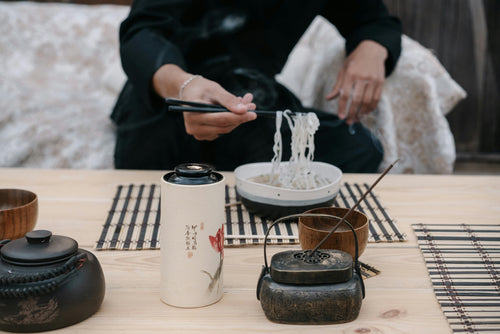
Etiquette Essentials for Visitors to Japan
Japan’s culture is rich in respect, politeness, and consideration, making etiquette an essential part of daily l...
-
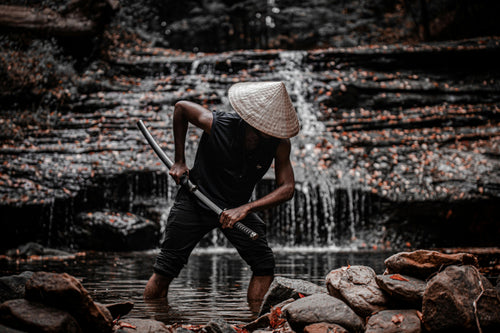
7 Best Places to Discover Japan’s Samurai History
Japan’s samurai history is one of honor, skill, and deep cultural influence, stretching back centuries and leaving an...
-

Japan’s Unique Architecture: Top 8 Traditional and Modern Landmarks
Japan is renowned for its unique blend of ancient architectural heritage and cutting-edge modern designs. From c...
-
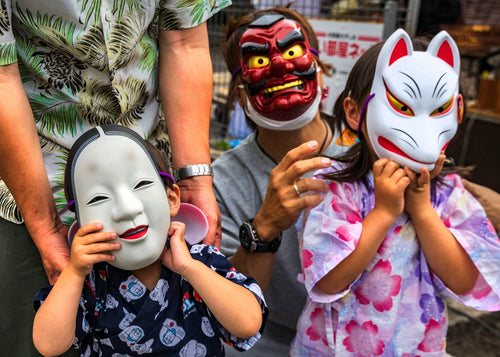
10 Traditional Japanese Festivals (Matsuri) You Can’t Miss
Japanese festivals, or *matsuri*, are vibrant celebrations of cultural heritage, featuring elaborate costumes, l...
-
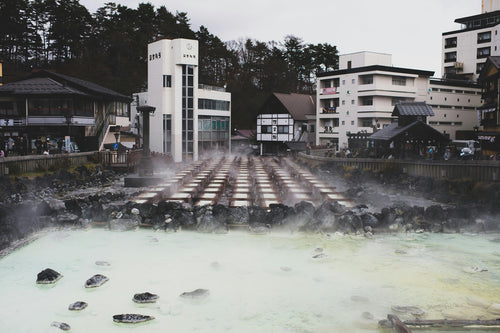
Japan’s Three Great Onsen: A Guide to Famous Hot Springs
Japan is famous for its natural hot springs, or *onsen* (温泉), offering visitors a unique opportunity to relax and rej...
-
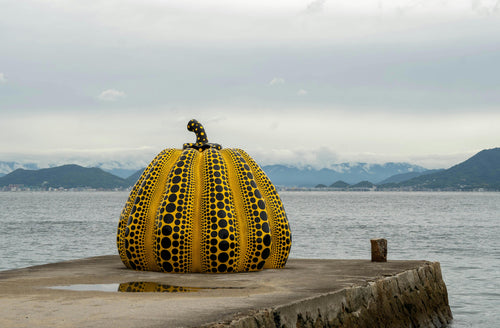
Japanese Art Exploration: Best Spots to Enjoy Art in Japan
Japan is a country rich in artistic heritage, from centuries-old traditional crafts to modern, innovative instal...
-
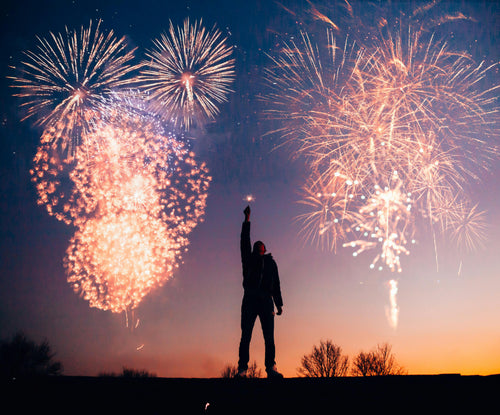
Guide to Japan’s Fireworks Festivals: When and Where to Go
Japan’s summer fireworks festivals, known as "hanabi taikai" (花火大会), are among the most anticipated events in th...
-
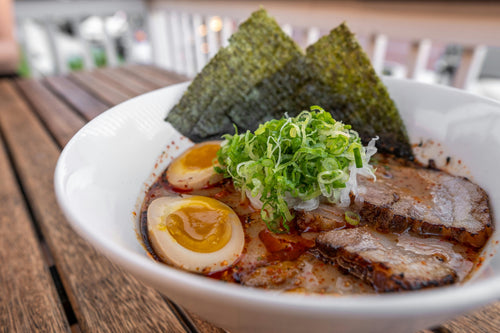
Where to Experience Ramen-Making Classes in Japan
Ramen is one of Japan’s most beloved dishes, with countless regional styles and flavors that attract food lovers from...
-
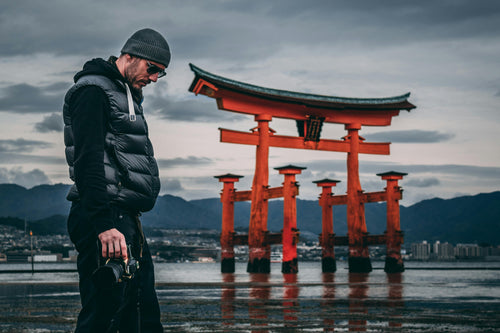
Power Spot Tours: Japan’s Famous Temples and Shrines
Japan is a land steeped in spiritual history, and visiting its temples and shrines provides not only a glimpse i...
-

UNESCO World Heritage Site Tour Guide in Japan
Japan is home to numerous UNESCO World Heritage Sites, each offering a glimpse into the country’s rich cultural herit...
-

5 Famous Japanese Castles: History and Highlights
Japan is home to some of the most beautiful and historically significant castles in the world. Built during the feuda...
-
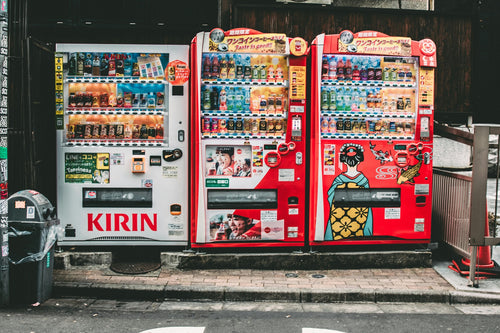
10 Unique Drinks to Try from Japanese Vending Machines
Japan is famous for its vending machines, offering an incredible variety of drinks that go beyond just soft drinks an...
-
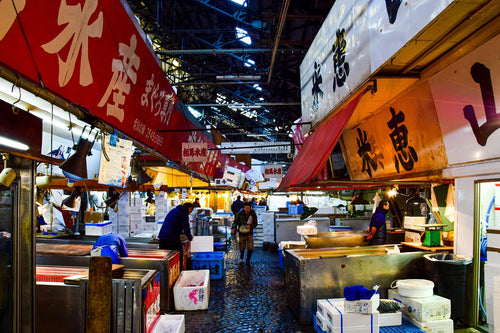
Tokyo Market Guide: Exploring Tsukiji and Toyosu Markets
Tokyo's Tsukiji and Toyosu Markets are must-visit spots for food lovers and anyone interested in Japan’s rich culinar...
-
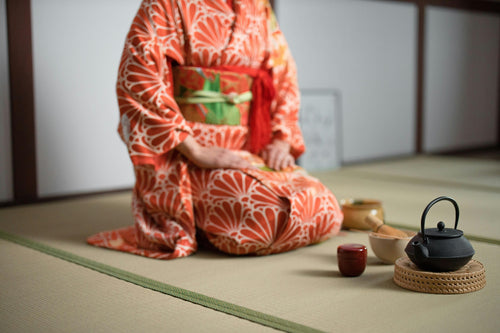
Experiencing Traditional Tea Ceremony in Tokyo
The Japanese tea ceremony, or "chanoyu," is a cultural experience steeped in tradition, aesthetics, and mindfulness....
-
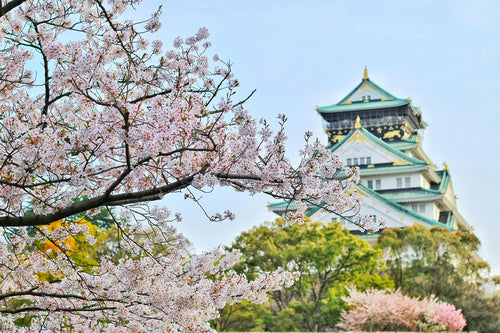
Top 7 Cherry Blossom Viewing Locations in Tokyo
Springtime in Tokyo is synonymous with the cherry blossom season, a breathtaking period when the city’s parks, rivers...
-
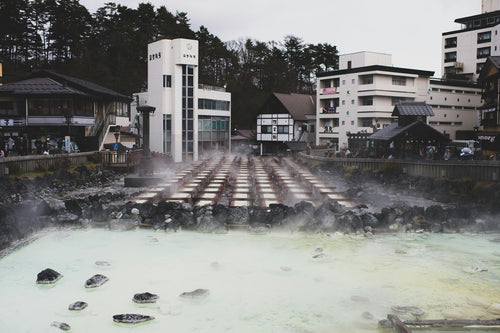
What is Onsen? A Guide to History, Benefits, and Etiquette
Onsen, Japan’s cherished hot spring culture, offers a unique blend of relaxation, scenic beauty, and deep-rooted trad...
-
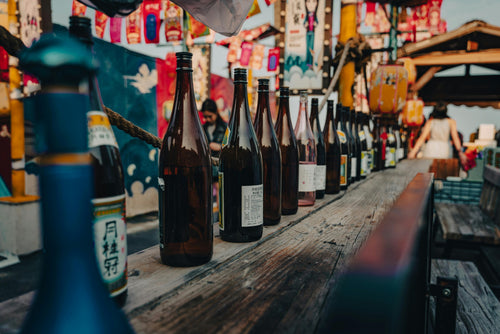
What is Sake? Its Production Method and History
Sake is a traditional Japanese alcoholic beverage made from fermented rice. It has been enjoyed in Japan for over a t...
-

8 hot springs with beautiful scenery near Tokyo
Tokyo is a bustling metropolis, but just outside the city are some of Japan's most serene hot springs, or onsens, off...
-

Top 10 museum to visit in Tokyo
Tokyo is home to a diverse range of museums that cater to all interests, from art and history to technology and pop c...
-
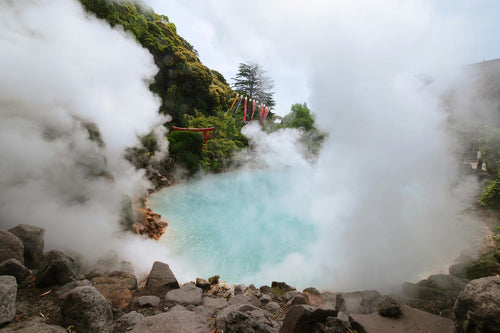
9 Best Hot Spring and Bathhouse in Tokyo
Tokyo is known for its vibrant urban energy, but it's also a fantastic place to relax and rejuvenate in hot springs (...
-
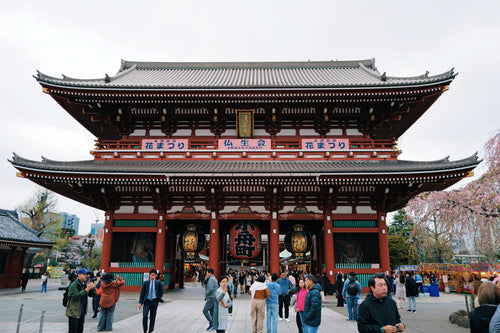
15 Famous Temples and Shrines to Visit near Tokyo
Tokyo and its surrounding areas are home to many famous temples and shrines that showcase Japan's rich spiritual and ...









































